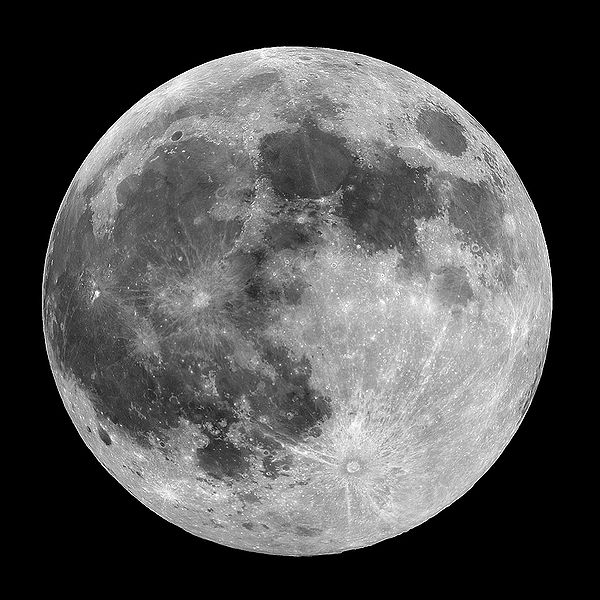Behaviour
Migration
The Eastern King Prawn has been found to have a predominately northward migration of mature adults up the east coast of Australia (as seen below)(Glaister,lau & McDonall 1987). It has been speculated that this northward movement is to account for the effects of the EAC (East Australian Current) in juvenile dispersal (Montgomery 1990). Studies into the actual input from certain offshore areas back to the juvanile spawning stocks are lacking at this point in time(montgomery 2007).
| |
 |
|
| |
Figure 13:Inferred movements of tagged Eastern king prawns. Each section shows point of release
followed by point of recapture capture (Diagram recovered from The Department of Industry and Investment NSW 2010)
|
|
Juvenile instinct
Studies on the survival of juvenile prawns reared in different situations, found that survival didn't significantly differ between tank and wild reared prawns ability to detect and avoid predators (Ochwada-Doyle et al. 2010). It was thought that this was due to avoidance and escape traits being developed genetically as opposed to developmentally(Ochwada-Doyle et al. 2010; Ochwada et al.2009)
Lunar periodicity
| |
 |
|
|
 |
|
| |
Figure 14: shows full and new moon
Full moon
|
|
|
New moon
|
|
Lunar period has been found to have a significant effect on prawn catches(Courtney et al. 1996). Courtney et al. (1996) found prawn catches were significantly higher during the new moon, than during the full moon. Wassenberg and Hill (1994) found that Eastern king prawn activity was dependent on intensity, however it was the decrease in light intensity that triggered their activity. Its possible that this activity during new moon is due to higher visibility during the full moon increasing predation efficiency.
|